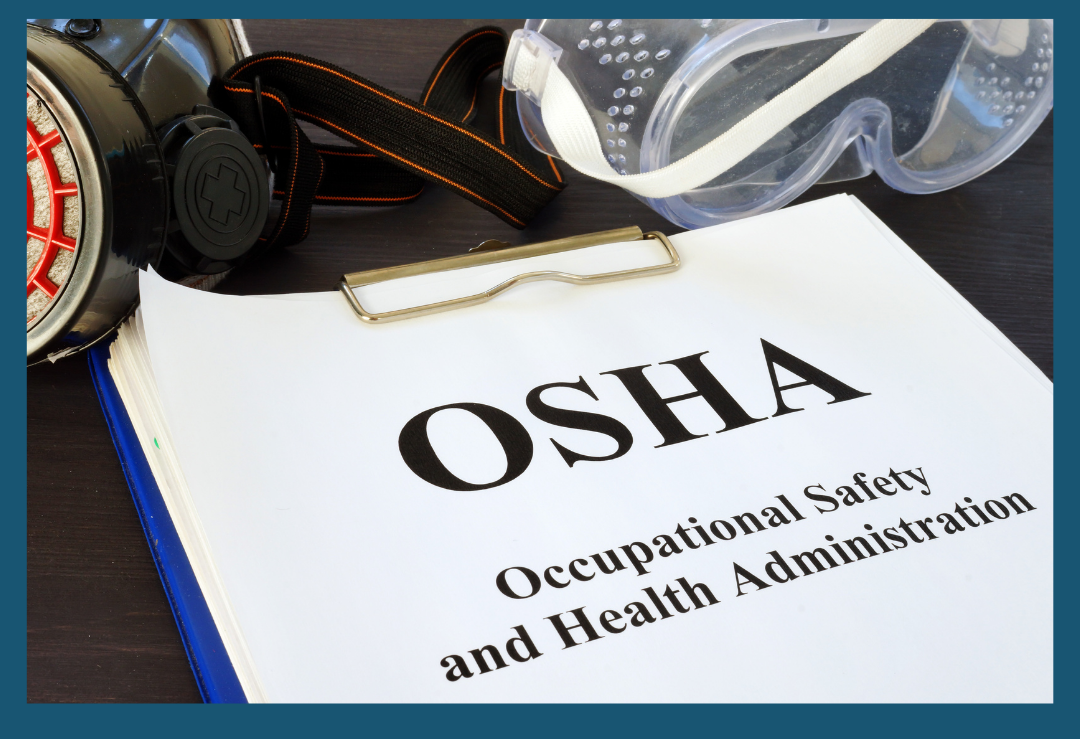
A New Year with an Old Pandemic
Published on February 18, 2022“Are we there yet?” is the question often asked on family vacation. Many adults have likely had a child ask that question to the point of total frustration. The pandemic likely falls into a similar category. “When will this be over?” is the question commonly being asked. It is hard to believe we are now about to enter a third year with COVID-19 in our lives. As 2022 begins, here are a few things to keep in mind.
The OSHA 300 Logs
One of the most often overlooked OSHA recordkeeping requirements is the OSHA 300 series documents that record the occupational injuries or illnesses sustained by employees during the calendar year. However, two key factors influence the proper completion of the OSHA 300 documents. The size of the organization and the extent of the injury will determine the exact OSHA recordkeeping requirements.
The definition used by OSHA to define a small and large business is simple. Employers that had no more than 10 employees in a calendar year are considered a small business. Employers that had more than 11 employees in the calendar year are considered large businesses. The distinction is an important one. Small businesses are exempt from the requirements workplace illness and injury recordkeeping and as such are not required to maintain the OSHA 300 series documents.
The employer must record the injury or illness beyond first aid on the OSHA 300 series document within seven calendar days of learning of the injury. In addition to recording the employee name, date, and type of injury, the employer will document the DART rate of the total number of days an employee is away from work, restricted from work, or transferred to a temporary position. For example, an employee suffers a laceration that requires 10 stitches to close the wound. The employee normally works on the fuel dock but due to injury is moved to the ship’s store until the stitches are removed. In this case, the employee is transferred for the period that they cannot perform their normal duties.
A new wrinkle with COVID-19 requires employers to discern if a case of COVID-19 is work-related. Early in the pandemic, the guidance suggested if two or more employees had tested positive for COVID-19, the cases were likely work related. However, with the increased transmissibility of the Omicron variant, those work-related cases of COVID-19 are much more difficult to verify. Employers should thoroughly review any COVID-19 cases and record any cases deemed to be work-related that resulted in an employee being away from work.
Within the OSHA 300 series document are several forms. The OSHA 300 log, OSHA 300A Summary, and OSHA 301 are requirements of the series of documents. The OSHA 300 log contains detailed information including date of injury, employee name, type of injury, and the DART rate. Beginning February 1, 2022, the OSHA 300A summary document must be posted to reflect 2021 injury information in each large business. The OSHA 300A is designed to summarizes the injury or injuries while protecting the privacy of the injured employee. The OSHA 300A Summary should be completed, signed by a company officer, and remain posted in a prominent location in the facility until April 30, 2022. As a best practice, companies should retain five years of OSHA 300 logs in the company files.
Watching the Courts
In early January, the United States Supreme Court effectively blocked OSHA’s vaccine or test mandate for employers with 100 or more employees. Later in the month, OSHA withdrew the enforcement piece of the Emergency Temporary Standard but at the same time stated vaccines were an effective tool for protecting workers from COVID-19. Since there is not a standard on the books, it seems likely OSHA may increase the use of the General Duty Clause (employers obligated to provide workplace free of hazards) when it comes to COVID-19 in the workplace.
At the same time, the Supreme Court allowed the Centers for Medicare and Medicaid Services vaccine mandate to go forward. The mandate required any hospital or healthcare provider that received Medicare or Medicaid funds to require employees to be fully vaccinated. In this case, the courts cited the increased risk of exposure to COVID-19 in the workplace plus the increased vulnerability of Medicare/Medicaid patients.
The case that warrants the watchful eye of the marina industry is related to Executive Order(EO) 14042- Federal Contractor Mandate. Under this EO, any contractor to the federal government must be vaccinated (no testing option in this EO). The EO is currently being challenged and has been placed on hold pending oral arguments. A decision on this case is not likely until summer or early fall. However, marinas that lease slips, sell fuel, or service government vessels will want to watch this case. Marinas operating on Army Corps of Engineers (ACOE) lakes, USDA, or Department of Interior land will also need to follow the progression of this case.
| Categories | |
| Tags |





